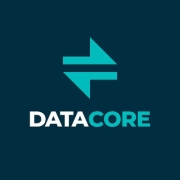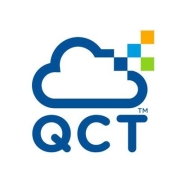Hyper-converged infrastructure (HCI) integrates compute, storage, and networking into a single unified system, simplifying data center operations and management. It enhances agility, scalability, and lowers costs by using a software-centric architecture.
HCI solutions offer a dynamic approach to IT infrastructure by combining essential components into a simplified platform. This approach reduces complexity, enhances system efficiency, and supports seamless scalability. Organizations can spend less time on resource management and focus more on strategic IT initiatives.
What are key features to consider?HCI solutions are particularly beneficial in industries like healthcare, manufacturing, and finance, where reliable and efficient data processing is essential. By streamlining IT infrastructure, these industries can achieve faster deployment times and improved data handling capabilities.
Organizations benefit from adopting HCI as it simplifies their IT environments, allows for more efficient resource use, and provides a more agile and responsive infrastructure to meet business demands.

















































HCI solutions streamline your data center operations by integrating storage, compute, and networking into a single system. This reduces complexity, enhances scalability, and improves resource utilization. With HCI, you can automate workloads and quickly deploy resources, leading to faster provisioning and reduced overhead costs. As a result, your data center becomes more responsive and efficient in handling organizational demands.
What are the security benefits of using HCI solutions?HCI solutions offer robust security features by providing a unified platform that simplifies management and enforcement of security policies. By consolidating infrastructure components, HCI reduces potential vulnerabilities and attack surfaces. Advanced security measures like encryption, access controls, and network segmentation can be more easily implemented and monitored in an HCI environment, ensuring that your data and applications are protected against threats.
How does HCI support cloud integration?HCI solutions are designed to seamlessly integrate with cloud platforms, providing a hybrid environment where workloads can move between on-premise systems and the cloud. This flexibility allows you to leverage the scalability of the cloud while maintaining control over critical data. HCI's compatibility with cloud services enables you to adopt a cloud-first strategy, ensuring future scalability and access to global resources without re-architecting your IT infrastructure.
What cost savings can you expect from implementing HCI?Implementing HCI can lead to significant cost savings by reducing hardware requirements and simplifying management. The consolidation of hardware components means lower capital expenditures and reduced energy consumption. In addition, HCI's streamlined operations and management lead to lower labor costs. The ability to predict and scale based on demand further optimizes resource allocation, reducing wasteful spending and maximizing your investment returns.
How does HCI enhance disaster recovery capabilities?HCI enhances disaster recovery by providing built-in data protection and replication features. With an HCI solution, you can easily create redundant systems and automate failover processes, ensuring business continuity in the event of an outage. The ability to quickly recover operations reduces downtime, and the simplified management of backup and recovery processes ensures that your disaster recovery plans are efficient and reliable.